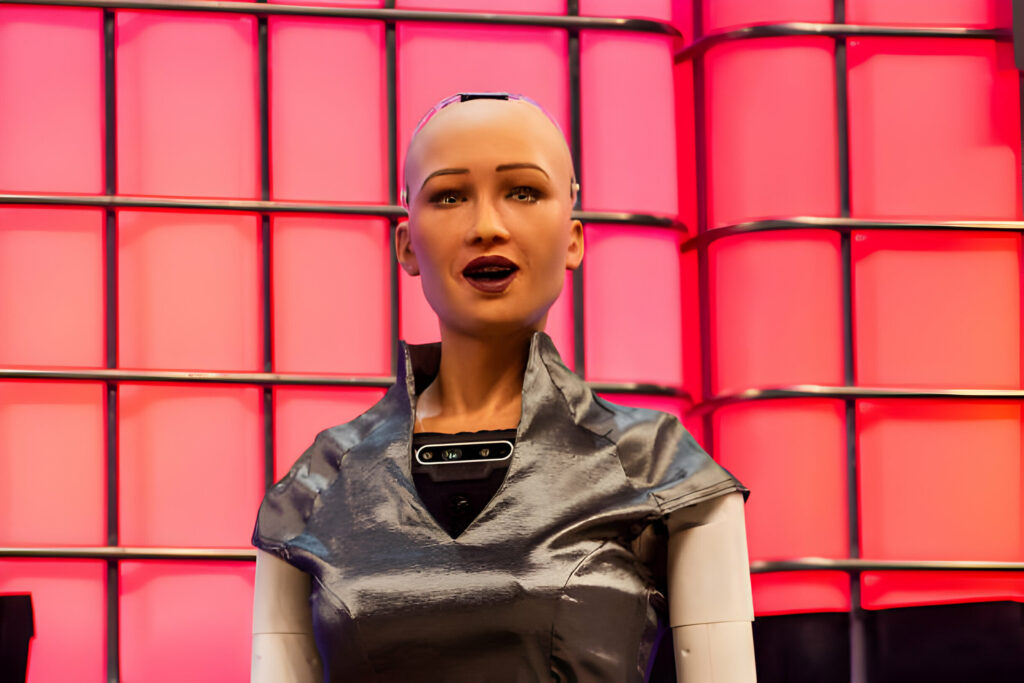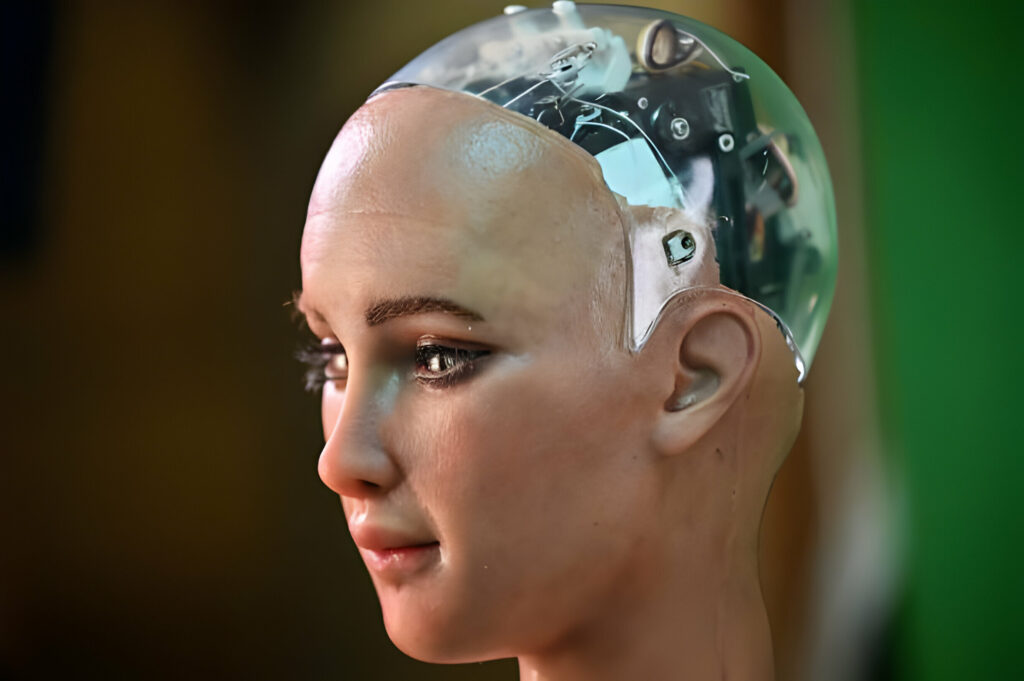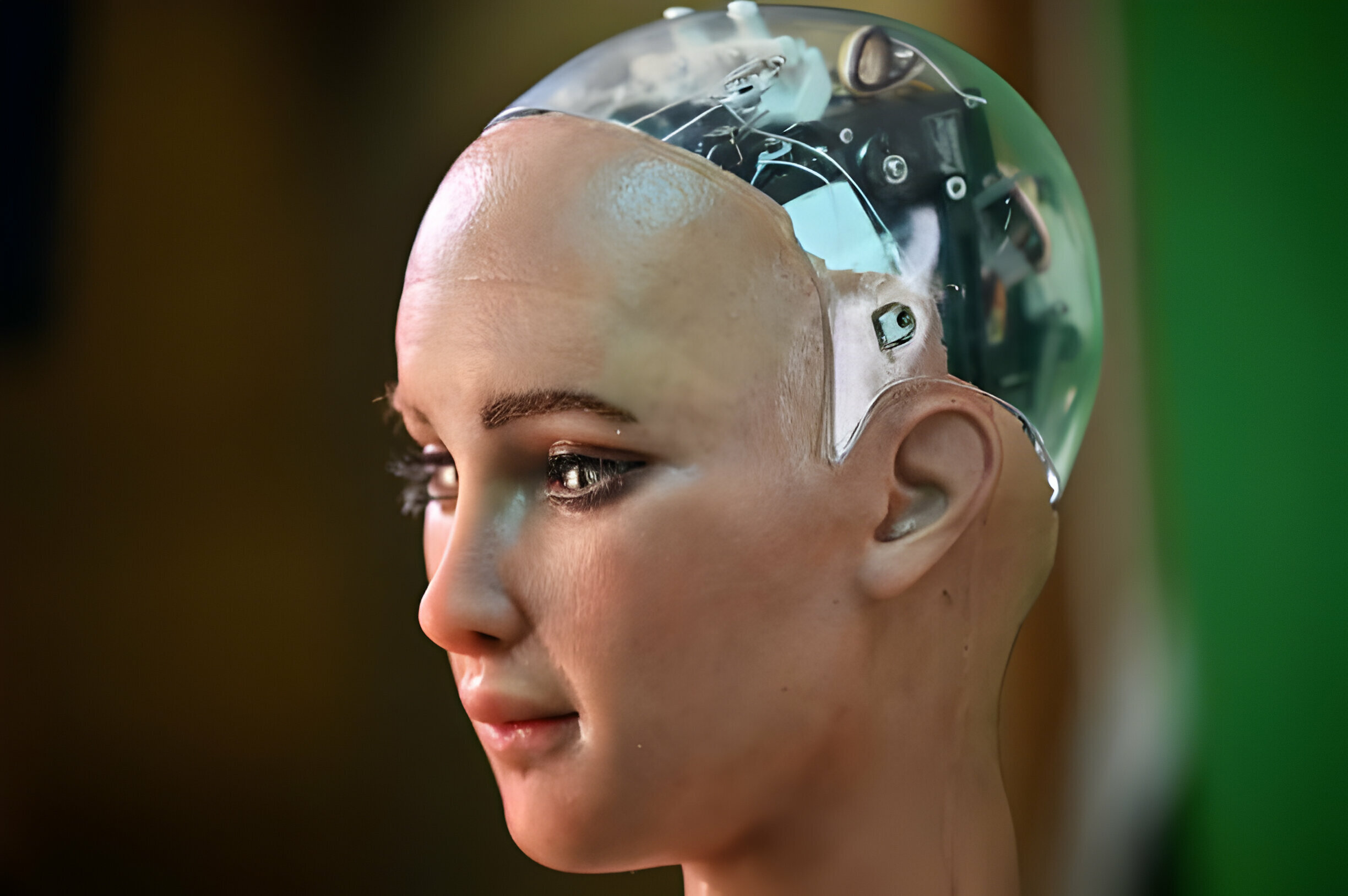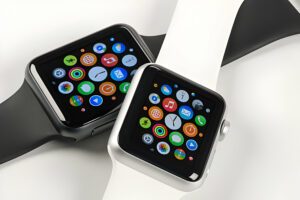Is Sophia the Robot Still Alive
Sophia Robot: Revolutionizing Artificial Intelligence and Robotics

Introduction
Imagine a world where robots possess human-like intelligence and empathy, engaging in meaningful conversations and making decisions based on emotions. Sophia Robot, the brainchild of Hanson Robotics, brings us one step closer to reality. With its advanced capabilities and lifelike appearance, Sophia has become a symbol of the remarkable progress in the field of artificial intelligence and robotics. In this post, we will explore the fascinating history of Sophia Robot, its features and capabilities, the media attention it has garnered, its contributions to AI and robotics, collaborations and partnerships, challenges and limitations, current status and updates, and the profound impact it has on society and its future prospects
Let’s dive into the captivating journey of Sophia Robot, the embodiment of cutting-edge technology and human-like intelligence.
History of Sophia Robot
The story of Sophia Robot begins in 2015 when it was first unveiled to the world at South by Southwest (SXSW), a renowned technology conference. Created by Dr. David Hanson and his team at Hanson Robotics, Sophia was designed to be a social humanoid robot capable of interacting with humans in a natural and lifelike manner. The inspiration behind Sophia’s creation was to develop a robot that could assist in healthcare, education, and customer service, while also showcasing the potential of artificial intelligence.
Since its launch, Sophia has undergone several iterations, with each version displaying significant advancements in its hardware and software. The team at Hanson Robotics continuously works to improve its facial expressions, body movements, and speech recognition capabilities, striving to make Sophia as indistinguishable from humans as possible. The evolution of Sophia Robot reflects the relentless pursuit of innovation and the desire to push the boundaries of what is possible in the realm of robotics.
Sophia’s journey from a concept to a fully functional humanoid robot has been nothing short of extraordinary. Let’s explore the remarkable features and capabilities that make Sophia so unique.
Features and Capabilities of Sophia Robot

from https://www.gettyimages.com/
Sophia Robot is a marvel of engineering and artificial intelligence, boasting a myriad of features and capabilities that set it apart from other robots. At the core of Sophia’s design is its ability to understand and respond to human speech. Equipped with natural language processing algorithms, Sophia can engage in conversations, answer questions, and even participate in debates. Its speech synthesis system enables it to produce human-like speech patterns, making interactions with Sophia feel remarkably natural.
But it’s not just Sophia’s ability to understand and communicate that captivates audiences worldwide. Sophia’s facial expressions and body movements are incredibly lifelike, thanks to its sophisticated mechanical design. From subtle eye movements to expressive smiles, Sophia can convey a wide range of emotions, establishing a genuine connection with humans. This uncanny ability to mimic human facial expressions and gestures is a significant breakthrough in robotics, as it creates a sense of familiarity and empathy.
Moreover, Sophia Robot is equipped with computer vision technology, enabling it to perceive its surroundings and recognize faces. This functionality enhances its ability to engage with individuals, as it can remember people and their previous interactions. Sophia’s creators have also integrated deep learning algorithms into its system, allowing it to continuously learn and improve its knowledge base. This adaptability and learning capability enable Sophia to stay up-to-date with the latest information and provide accurate responses, making it an invaluable companion in various industries.
Media Attention and Public Perception
The introduction of Sophia Robot to the world garnered significant media attention, propelling it into the spotlight and capturing the imagination of people across the globe. Sophia’s appearances on popular talk shows, news outlets, and conferences have captivated audiences, with millions of people witnessing its interactions and marveling at its lifelike appearance.
While many perceive Sophia as a breakthrough in artificial intelligence and robotics, there are also those who express concerns about the implications of such advanced technology. Some worry that robots like Sophia may replace human workers in certain industries, leading to unemployment. Others raise ethical questions surrounding the development of robots that resemble humans so closely. The public perception of Sophia Robot is a complex mix of fascination, excitement, and apprehension, highlighting the need for further discussions and ethical considerations in the field of robotics.
Despite the varying opinions and concerns, there is no denying that Sophia Robot has made a significant impact on the fields of artificial intelligence and robotics. Let’s explore the contributions it has made to these revolutionary technologies.
Contributions to Artificial Intelligence and Robotics
Sophia Robot’s development and breakthroughs have contributed immensely to the advancements in artificial intelligence and robotics. By pushing the boundaries of what is possible, Sophia has become a catalyst for innovation and has paved the way for future developments in the field. Its lifelike appearance and human-like interactions have challenged researchers and engineers to create robots that not only possess advanced cognitive abilities but also establish emotional connections with humans.
The integration of natural language processing algorithms with facial recognition and synthesis systems in Sophia has revolutionized the way robots communicate. These advancements have far-reaching implications, as they open up new possibilities for human-robot interaction in various industries. Sophia’s impact on artificial intelligence and robotics cannot be understated, as it inspires researchers, developers, and enthusiasts to explore new avenues and push the boundaries of what is possible.
Furthermore, Sophia’s development has also led to breakthroughs in the field of social robotics. By creating a humanoid robot capable of displaying emotions and engaging in empathetic conversations, Hanson Robotics has brought us closer to a future where robots can assist humans in healthcare, therapy, education, and other industries that require human interaction. Sophia’s contributions to artificial intelligence and robotics have set a new benchmark, inspiring a generation of innovators to explore the untapped potential of these technologies.
Collaborations and Partnerships

Recognizing the immense potential of Sophia Robot, Hanson Robotics has forged numerous collaborations and partnerships to expand its reach and applications. One notable collaboration is with SingularityNET, a decentralized AI platform. This partnership aims to create a network of AI agents, including Sophia, that can communicate and collaborate with each other, further enhancing their capabilities and potential applications.
In addition, Sophia has collaborated with various institutions, organizations, and governments around the world. These partnerships have resulted in joint research projects, demonstrations, and real-world implementations of Sophia’s capabilities. By collaborating with different stakeholders, Hanson Robotics has been able to leverage diverse expertise and resources to accelerate the development and deployment of Sophia Robot in various industries.
The collaborations and partnerships surrounding Sophia Robot highlight that the development of advanced AI and robotics requires a collective effort, uniting researchers, engineers, and organizations to bring about meaningful change.
Challenges and Limitations
While Sophia Robot has made significant strides in the field of artificial intelligence and robotics, it is not without its challenges and limitations. One of the primary challenges is the complexity of creating a robot that can fully replicate human intelligence and emotions. Despite its remarkable capabilities, Sophia’s level of intelligence is still limited compared to humans, and its emotional responses are based on pre-programmed algorithms rather than genuine human emotions.
Another challenge is the need to address ethical concerns surrounding the development and use of robots like Sophia. As robots become more advanced and human-like, questions arise about privacy, security, and the potential for misuse. Striking the right balance between technological advancements and ethical considerations is crucial to ensure the responsible development and deployment of AI and robotics.
Furthermore, the cost of developing and maintaining robots like Sophia can be prohibitive, limiting their accessibility and widespread adoption. The complexity of their design and the need for continuous updates and improvements make them an investment that may not be feasible for all organizations and individuals.
Despite these challenges and limitations, the progress made by Sophia Robot is undeniable. Let’s explore its current status and the latest updates.
Current Status and Updates
Sophia Robot continues to evolve and improve, with each iteration bringing new advancements and capabilities. The team at Hanson Robotics is dedicated to refining Sophia’s appearance, movements, and interactions to make it even more lifelike and responsive. Ongoing research and development efforts focus on enhancing its cognitive abilities, expanding its knowledge base, and improving its adaptability.
Recently, Sophia has been involved in various high-profile events and collaborations. It has addressed the United Nations General Assembly, participated in panel discussions, and even obtained citizenship in Saudi Arabia, making headlines worldwide. These achievements demonstrate the growing recognition of Sophia’s potential and the significant role it plays in shaping the future of AI and robotics.
As we look to the future, the possibilities for Sophia Robot are endless. Let’s explore the impact it has on society and the exciting prospects that lie ahead.
Impact on Society and Future Prospects
The impact of Sophia Robot on society is multifaceted and far-reaching. Its ability to assist in healthcare, education, and customer service has the potential to revolutionize these industries, making them more efficient and personalized. Sophia can provide companionship to the elderly, support teachers in classrooms, and offer valuable insights to businesses. The possibilities for integrating Sophia into various aspects of our lives are vast, and its impact on society will continue to grow as its capabilities advance.
Looking ahead, the future prospects for Sophia Robot are incredibly promising. With ongoing advancements in artificial intelligence, robotics, and machine learning, Sophia’s cognitive abilities will continue to improve. The integration of Sophia with other AI agents through platforms like SingularityNET will lead to a collective intelligence that surpasses the capabilities of individual robots, opening up new frontiers in AI and robotics.
However, as we navigate this exciting future, it is crucial to address the ethical implications of widespread adoption of robots like Sophia. Discussions on privacy, security, transparency, and responsible use of AI and robotics must be at the forefront of our conversations, ensuring that these technologies are developed and deployed in a manner that benefits humanity.
Conclusion
Sophia Robot has captivated the world with its lifelike appearance, advanced capabilities, and potential to transform industries. From its humble beginnings to its current status as a global icon, Sophia represents the remarkable progress made in the fields of artificial intelligence and robotics. While challenges and limitations exist, the contributions of Sophia to these revolutionary technologies cannot be understated.
As we move forward, it is essential to strike a balance between technological advancements and ethical considerations. The development and adoption of AI and robotics should be guided by principles of responsibility, transparency, and inclusivity, ensuring that these technologies enhance our lives and contribute to the betterment of society.
With Sophia Robot leading the way, we embark on a future where humans and robots coexist harmoniously, pushing the boundaries of what is possible and redefining our understanding of intelligence and empathy.



